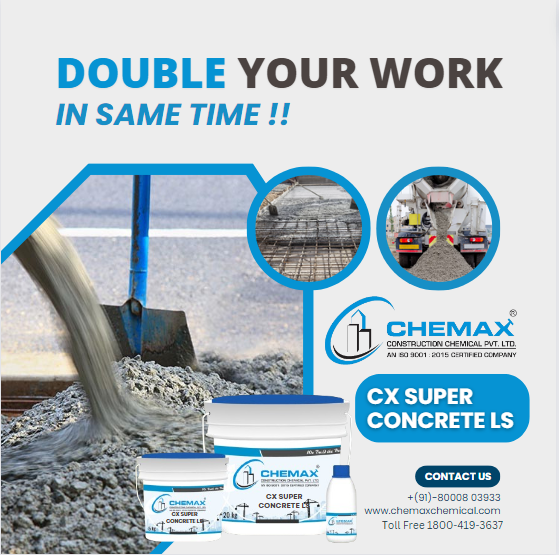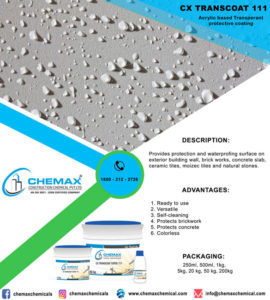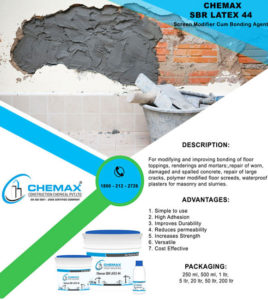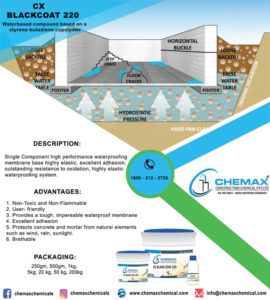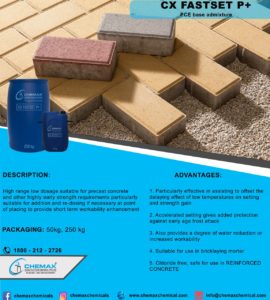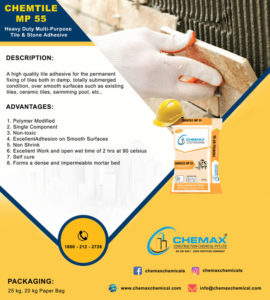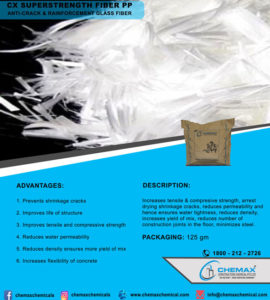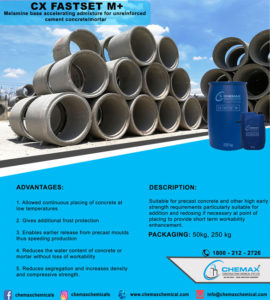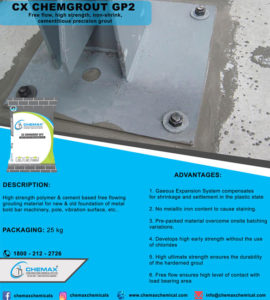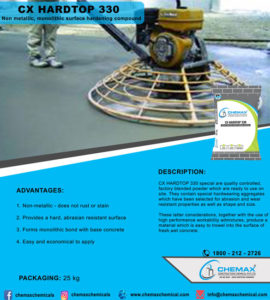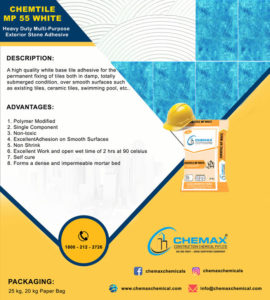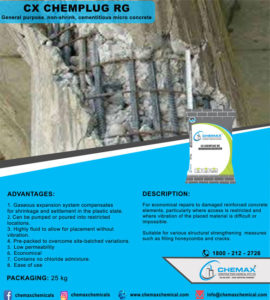One of the biggest and most costly purchases that a lot of individuals will ever make is building a house. How skillfully the house was constructed utilizing a cement or concrete mixture will determine how long it lasts. To avoid foundation and wall cracks and to ensure that your home won’t require any more
What is Ready-Mix Concrete?
Pre-mixed Concrete is a kind of building material made in a plant by mixing cement with various aggregate components. After that, the aggregate materials are delivered to the manufacturing plant, where they are combined with cement and poured into easily assembled forms.
Benefits of Ready Mix Concrete
One kind of concrete that is ready for use right away from production is called ready-mix concrete. This means that it can be used to build foundations, roadways, and walls, which makes it perfect for building projects. Using ready-mix concrete has various advantages, such as lower costs and quicker construction. Concrete that has been mixed to the proper consistency and is ready for use is known as ready-mix concrete. Because it is combined in a big batch, the material can be distributed evenly. Equipment for mixing only needs to be brought once because everything is combined in one location. This kind of concrete has several advantages, such as requiring less effort and no equipment for mixing or storing. Concrete that has been mixed in a sizable bin and transported to a construction site for immediate use is known as ready-mix concrete. Ready mix concrete has numerous advantages. One advantage is that it requires less time than dumping material into the ground from a truck and using a jackhammer to smooth it up. Additionally, it clears up construction debris, making it easier to store the supplies while work is being done. One important advantage over having numerous people execute a single task is that one individual can perform multiple tasks.
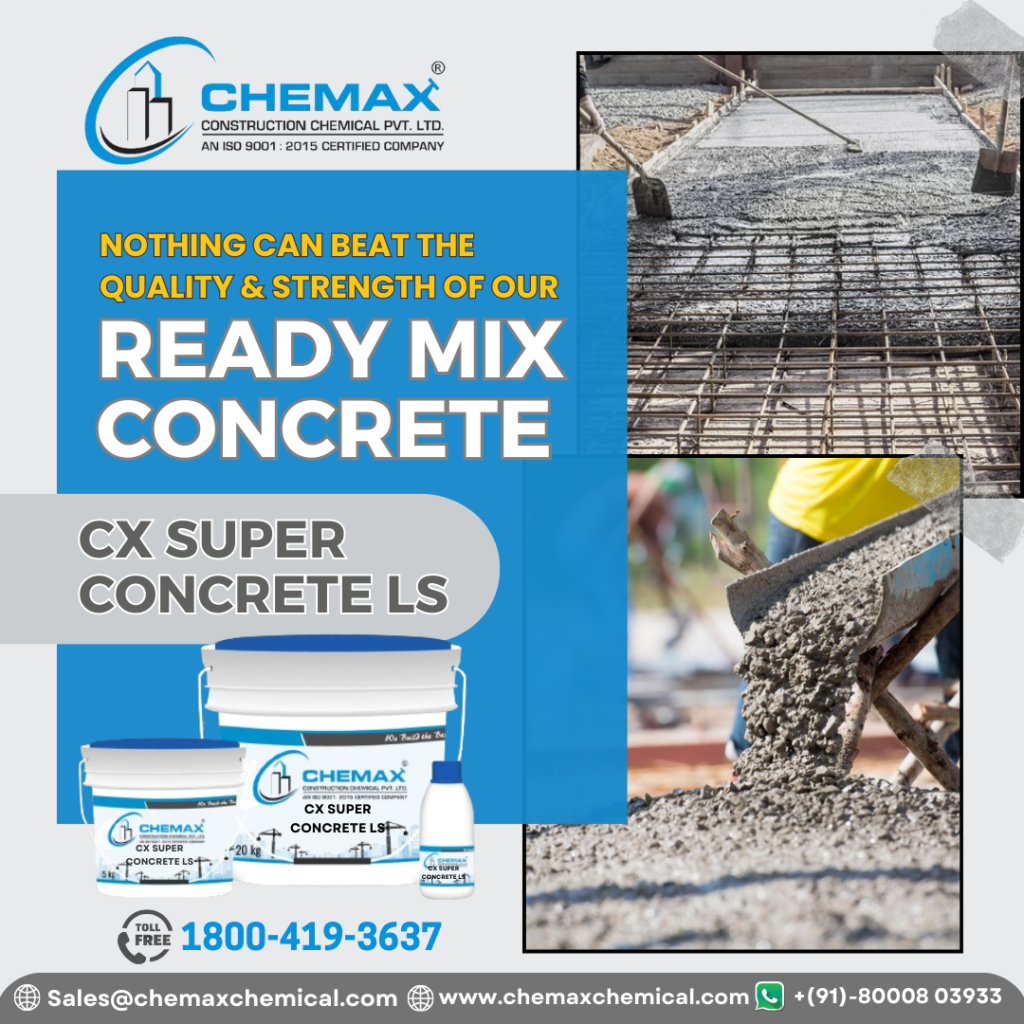
Pros and Cons of Ready Mix Concrete
The quickest and easiest option to finish your job is with ready-mix concrete. Compared to other approaches, it is more affordable, quicker, and more seamless. Before deciding to employ them for your next project, you should be aware of the few drawbacks that come along with this convenience. In comparison to alternative technologies, they can generate more waste and are not environmentally beneficial. Additionally, they cannot always be recycled. Cement and aggregate are combined to create ready-mix concrete, which is utilized in the building sector. One hundred pounds of cement and one hundred pounds of sand can be the mixture. Because ready-mix concrete is usually sprayed onto the building site, contractors may easily use it. Ready mix concrete offers several advantages over other forms of concrete, including lower costs, superior water-permeability compared to dry mixed, and ease of spreading over a wide area. Among the drawbacks are that it dries slowly, which means that projects frequently take longer than anticipated because of delays in the ground’s absorption of water and drying time. Concrete that has been combined into a slurry and doesn’t need to be hydrated beforehand is known as ready-mix concrete. Both residential and commercial ventures can make use of it. Using an auger-pulverizer system, the mixture can be pumped directly into formwork that has been created in situ or into a hopper for delivery to the construction site.
What to Consider when Building a Walkway or Patio Using Ready Mix Concrete
Because ready-mix concrete involves little labor and is simple to use, it’s ideal for outdoor tasks. Because it doesn’t produce waste or sludge, ready-mix concrete is also eco-friendly. It’s crucial to learn about the many ingredients in ready-mix concrete before deciding which kind to buy. Because it can be swiftly poured into a mold, ready-mix concrete is a popular choice for patios and pathways. Additionally, installing and removing it doesn’t take as much work. The ready mix concrete needs to be mixed with one part cement, two parts sand, and three parts gravel prior to being poured into your mold.
Using Ready Mix to Control Your Excitement for Construction
Pre-mixed The majority of construction materials used in the US are of the concrete variety. It is a concoction of materials, including sand, cement, and stone. Water and additional additives, such greases and foaming agents, may occasionally be added as well. Ready-mix concrete has already been mixed, making it simple to utilize in construction projects. This indicates that compared to conventional materials like bricks or cinder blocks, it is quicker and simpler to install. Compared to other types of concrete, ready-mix concrete is simpler to utilize. It is normally mixed using a pump on-site and is sold in bags that are ready to mix. Additionally, this kind of concrete has a far higher chance of holding up in colder climates. The ability to customize the concrete’s color to get the desired effect is another advantage of using ready-mix concrete. Because it is less expensive and much easier to work with than other types of concrete, ready-mix concrete is frequently employed in construction projects. But initially, it can be challenging to deal with, and some individuals may feel uneasy with the idea of using building materials that originate from industrial machinery. It’s critical to keep in mind that all builders experience similar feelings at first. Use contractor-grade materials, like concrete or foam insulation, if you can’t contain your excitement for a job.

Why Choose Big D Ready Mix?
Pre-mixed One sort of concrete that is useful for swiftly and readily producing new building components is called concrete. It eliminates the need to transport bulk quantities of raw materials, saving time, money, and energy. Additionally, ready-mix has some inherent weather resistance, such as resistance to water seepage and frost. It is among the greatest building materials for floors, walls, and foundations because of these characteristics.
Want to learn more about our Ready-Mixed services?
You need to be aware of every concrete mix’s unique strength characteristics while evaluating it for a construction project. Selecting the right concrete mix requires an understanding of these numbers as well as which property will yield the best results for your project.

